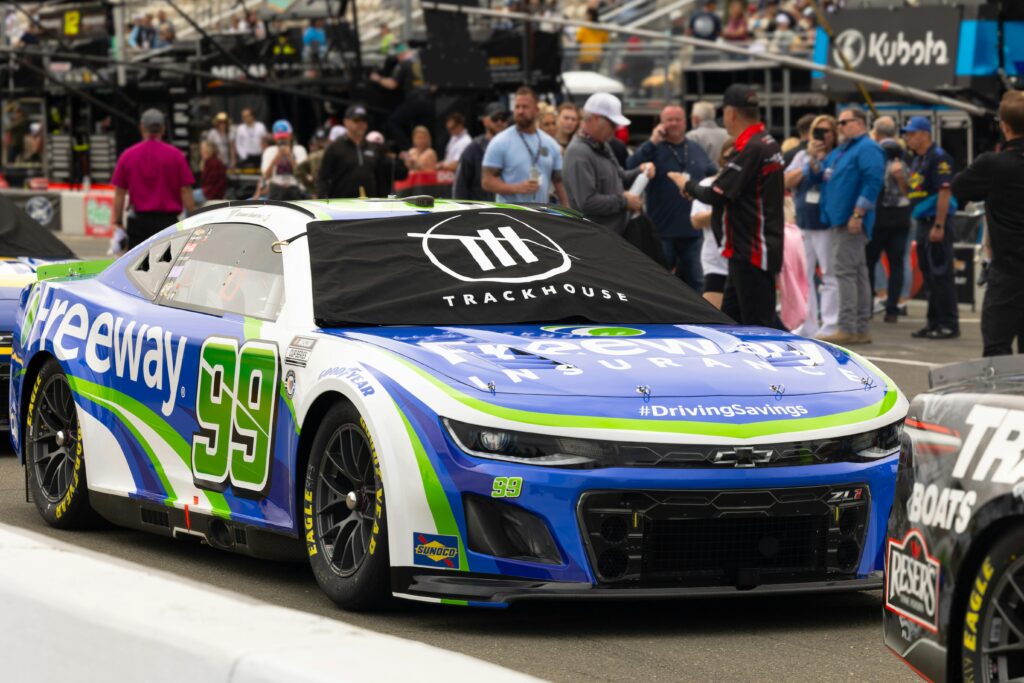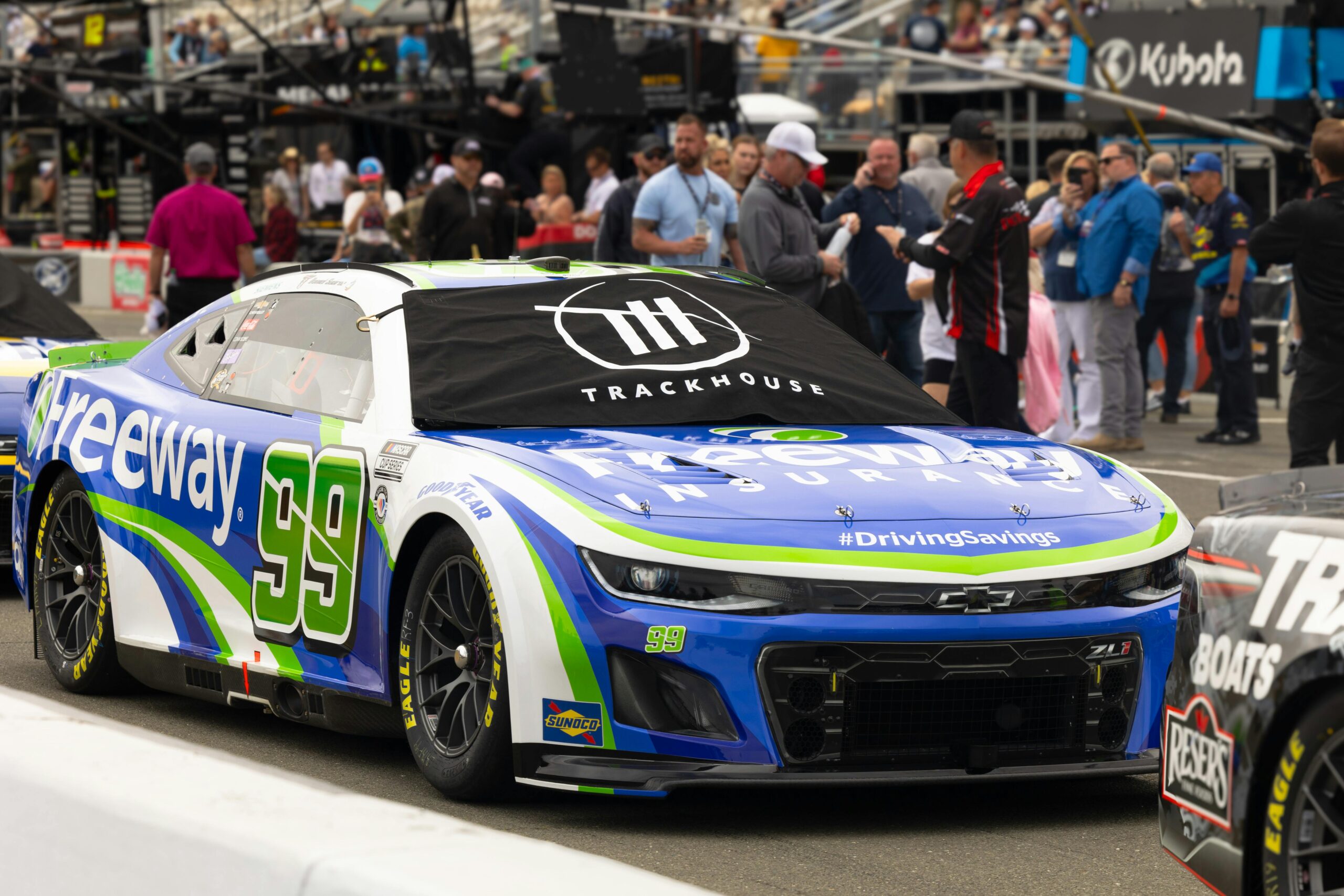
Gap Insurance in the USA: A Complete Introduction
When you drive a new car off the lot, its value starts to drop almost immediately. If you’re financing or leasing your vehicle, this rapid depreciation can become a financial trap if your car is totaled or stolen. In such cases, traditional auto insurance may only cover the actual cash value of your car—not what you still owe on your loan or lease. This is where Gap Insurance comes in.
What Is Gap Insurance?
Gap insurance, short for Guaranteed Asset Protection, is a specialized auto insurance coverage that bridges the “gap” between the amount your car is worth (as determined by your standard auto insurer) and the amount you still owe on your lease or loan. For example, if you owe $25,000 on your vehicle but it’s only worth $20,000 at the time of an accident or theft, your comprehensive or collision policy may only pay $20,000. Gap insurance would cover the $5,000 difference.
Key Features:
- Applies only when your vehicle is declared a total loss (accident or theft).
- Covers the difference between actual cash value and loan/lease balance.
- Often required by lenders or leasing companies.
- Available through dealerships, banks, credit unions, or insurance providers.
Why Gap Insurance Matters
The need for gap insurance is driven by the way cars lose value over time. According to industry data, new cars lose up to 20% of their value in the first year alone. In the early years of a vehicle loan or lease, your outstanding balance often exceeds the car’s market value, creating a negative equity situation.
Example Scenario:
Let’s say you buy a new car for $30,000 and finance the full amount. Within a year, its value drops to $24,000. If it’s totaled in an accident, your insurer pays only the $24,000. If you still owe $28,000 on the loan, you’d be left responsible for the $4,000 difference—unless you have gap insurance.
Gap insurance can be especially beneficial for:
- Borrowers who put little or no money down on their auto loan.
- Those with long loan terms (60 months or more).
- Buyers of vehicles that depreciate quickly.
- People who roll negative equity from an old car loan into a new one.
Where to Get Gap Insurance
There are several places where you can purchase gap insurance in the USA. Each option comes with pros and cons in terms of cost, flexibility, and ease of cancellation.
Dealerships
Most dealerships offer gap insurance at the time of purchase or lease. While convenient, this is often the most expensive route.
Pros:
- Bundled with your financing.
- No separate application needed.
Cons:
- Costs are often rolled into the loan, increasing interest payments.
- Harder to cancel if you change your mind.
Auto Insurance Companies
Many major insurers offer gap coverage as an optional add-on to your existing policy.
Examples:
- Progressive
- Allstate
- GEICO
- State Farm
- Nationwide
Pros:
- Typically cheaper than dealer options.
- Easy to manage along with your regular policy.
Cons:
- Not all companies offer it.
- Coverage ends when the vehicle is no longer financed.
Banks and Credit Unions
Some lenders offer gap insurance during the auto loan application process.
Pros:
- Can be more competitively priced than dealers.
- Coverage can align with your loan term.
Cons:
- Might not be as customizable as insurer options.
Third-Party Providers
Specialized companies like GAP Direct, AutoPay, or Alpha Warranty Services offer gap coverage independently of your loan or insurance provider.
Pros:
- Can shop for best rates.
- Sometimes transferable between vehicles.
Cons:
- More steps to apply.
- May have stricter terms or limits.
How to Apply for Gap Insurance
Applying for gap insurance in the USA is straightforward and generally includes the following steps
Evaluate Your Need
- Check how much you owe on your vehicle versus its market value.
- Use tools like Kelley Blue Book (kbb.com) or NADA Guides (nadaguides.com) to determine current value.
- If you owe more than it’s worth, gap insurance is worth considering.
Choose Where to Buy
- Decide if you want to buy it from a dealer, insurance provider, lender, or third-party.
- Compare rates using insurance comparison tools like:
Get a Quote
- Contact your insurance provider or lender for a quote.
- For online providers, visit their official websites and enter your vehicle and loan details to get a customized rate.
Review Terms and Conditions
- Read the coverage limits (many policies have a max payout cap).
- Check for eligibility windows (some providers only allow you to buy within the first 12–24 months of your loan).
- Confirm if the policy is refundable upon early loan payoff.
Purchase and Sign
- Once satisfied with a provider, complete the application.
- Provide relevant documentation (loan balance, VIN, insurance policy).
- Pay a lump sum (for third-party) or add to monthly premium (for insurance add-ons).
Keep Documentation
- Store your gap insurance agreement with your car loan and insurance documents.
- Inform your insurer or lender in the event of a total loss to start the gap claim process.
How Much Does It Cost?
Costs vary depending on provider and vehicle, but here’s a general breakdown:
- Dealership: $400–$900 one-time charge (often rolled into loan).
- Insurance Company: $20–$60 per year as a policy add-on.
- Third-Party Providers: $200–$400 one-time premium.
Pay attention to maximum payout limits, such as $50,000, or a cap on percentage coverage, e.g., covering 125% of vehicle value.
Is Gap Insurance Worth It?
Gap insurance is not mandatory, but it’s often worth the peace of mind if:
- You put less than 20% down on your vehicle.
- Your loan/lease is longer than 60 months.
- You have high-interest financing or a high depreciation vehicle (like luxury sedans or electric cars).
- You owe more than the car is worth at any point in the first few years.
If you’ve paid off most of your loan or your car holds value well, gap insurance may not be necessary.
Helpful Links for Gap Insurance
Here are some verified places to explore gap insurance options:
| Provider | Type | Link |
|---|---|---|
| Progressive | Insurance Add-on | https://www.progressive.com/answers/gap-insurance/ |
| State Farm | Insurance Add-on | https://www.statefarm.com/finances/banking/loans/payoff-protector |
| GAP Direct | Third-Party | gapdirect.com |
| Kelley Blue Book | Car Value Estimator | kbb.com |
| Credit Unions (e.g., Navy Federal) | Loan-based Gap Insurance | https://www.navyfederal.org/makingcents/auto/what-is-gap-insurance.html |
Gap insurance is a smart investment for many American car buyers and lessees, particularly those with low down payments, high depreciation vehicles, or long-term loans. With flexible options available from dealerships, insurance companies, lenders, and third-party providers, consumers have more choices than ever.
The key is to evaluate your financial situation, compare providers, and understand the fine print before committing. The peace of mind that gap insurance offers—knowing you won’t be stuck paying for a car you no longer own—can be well worth the relatively modest cost.
